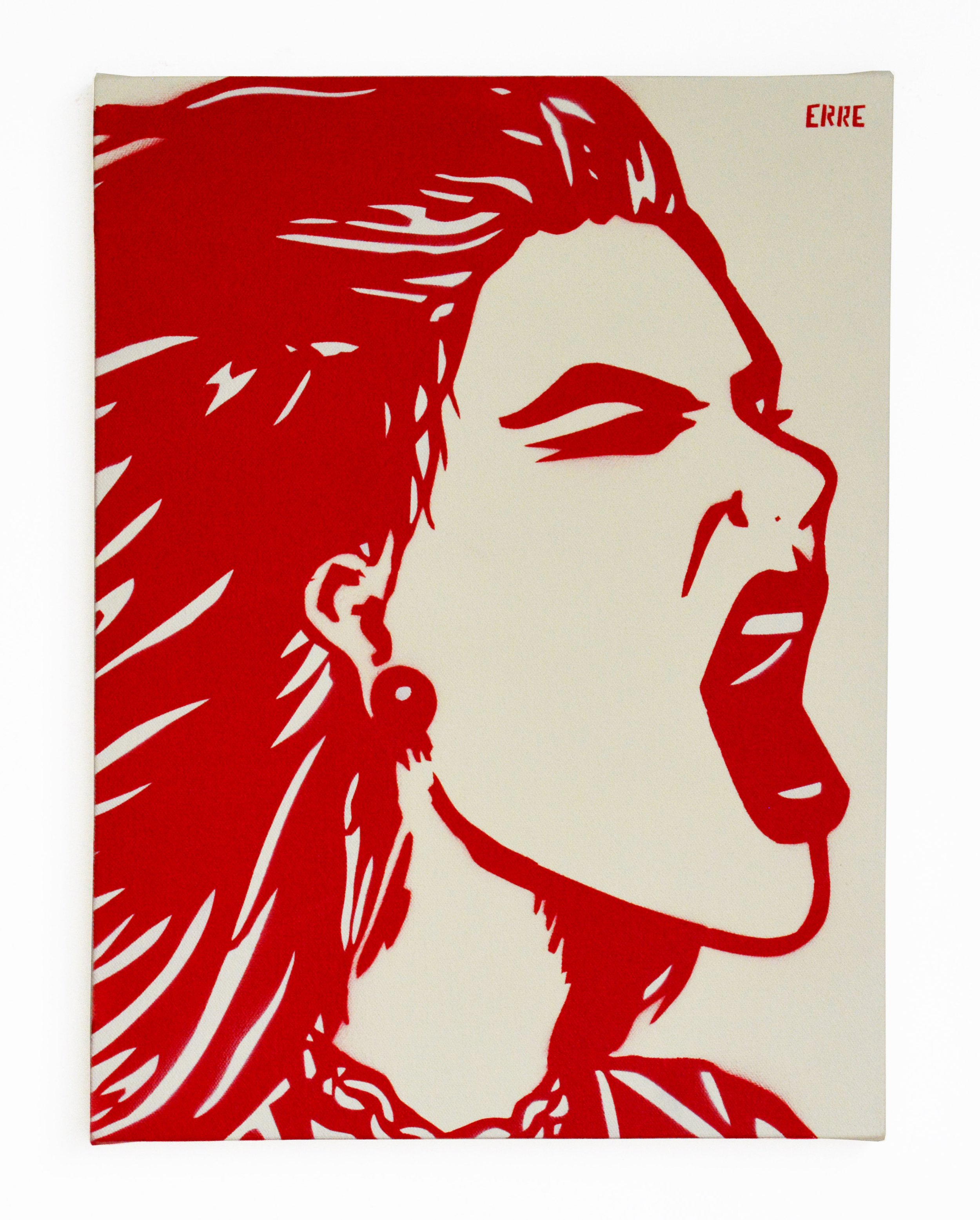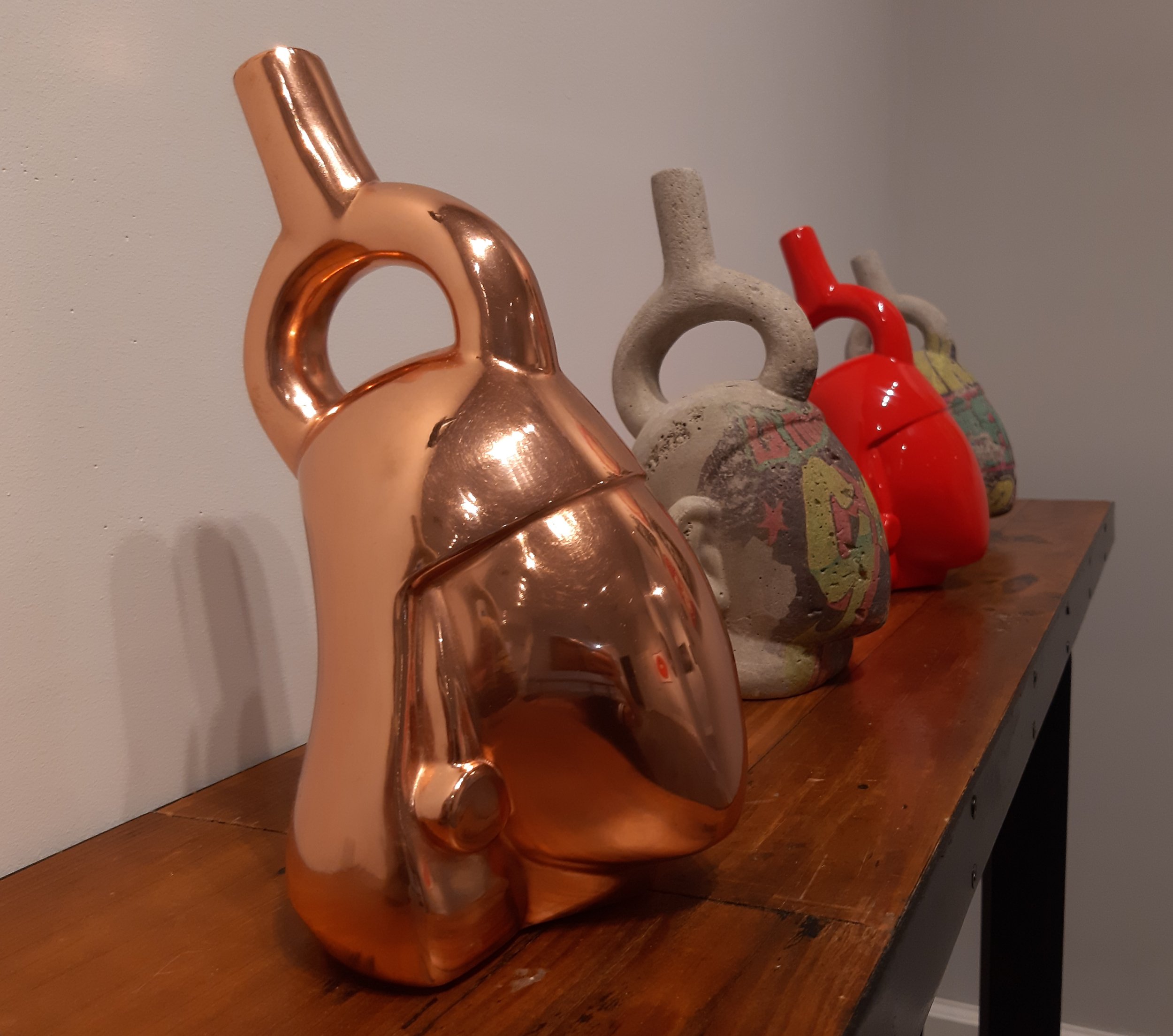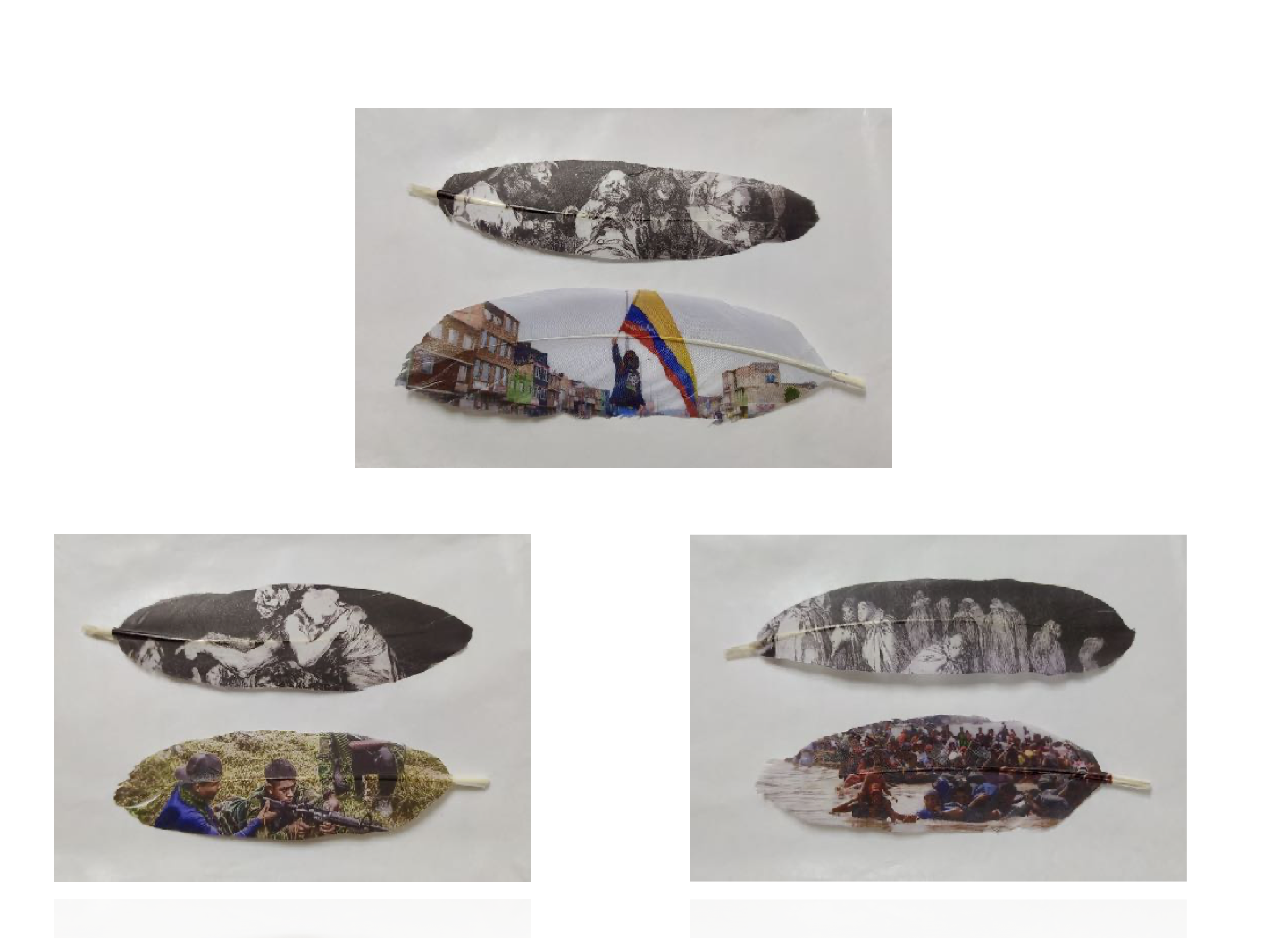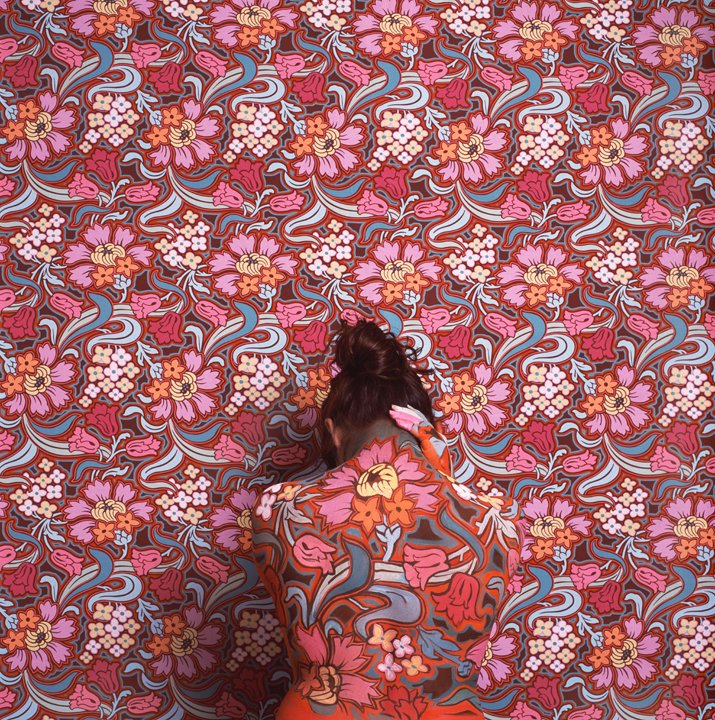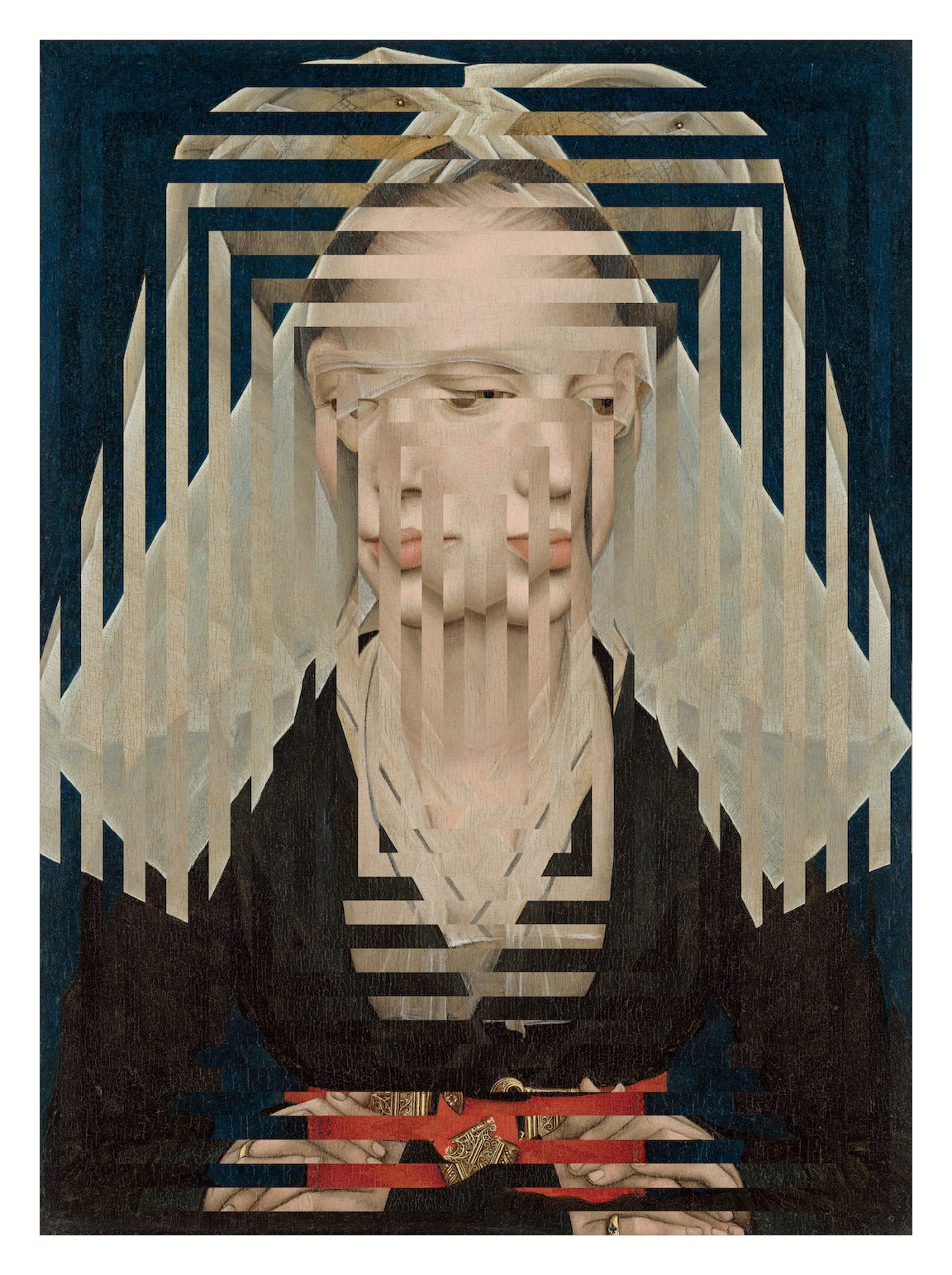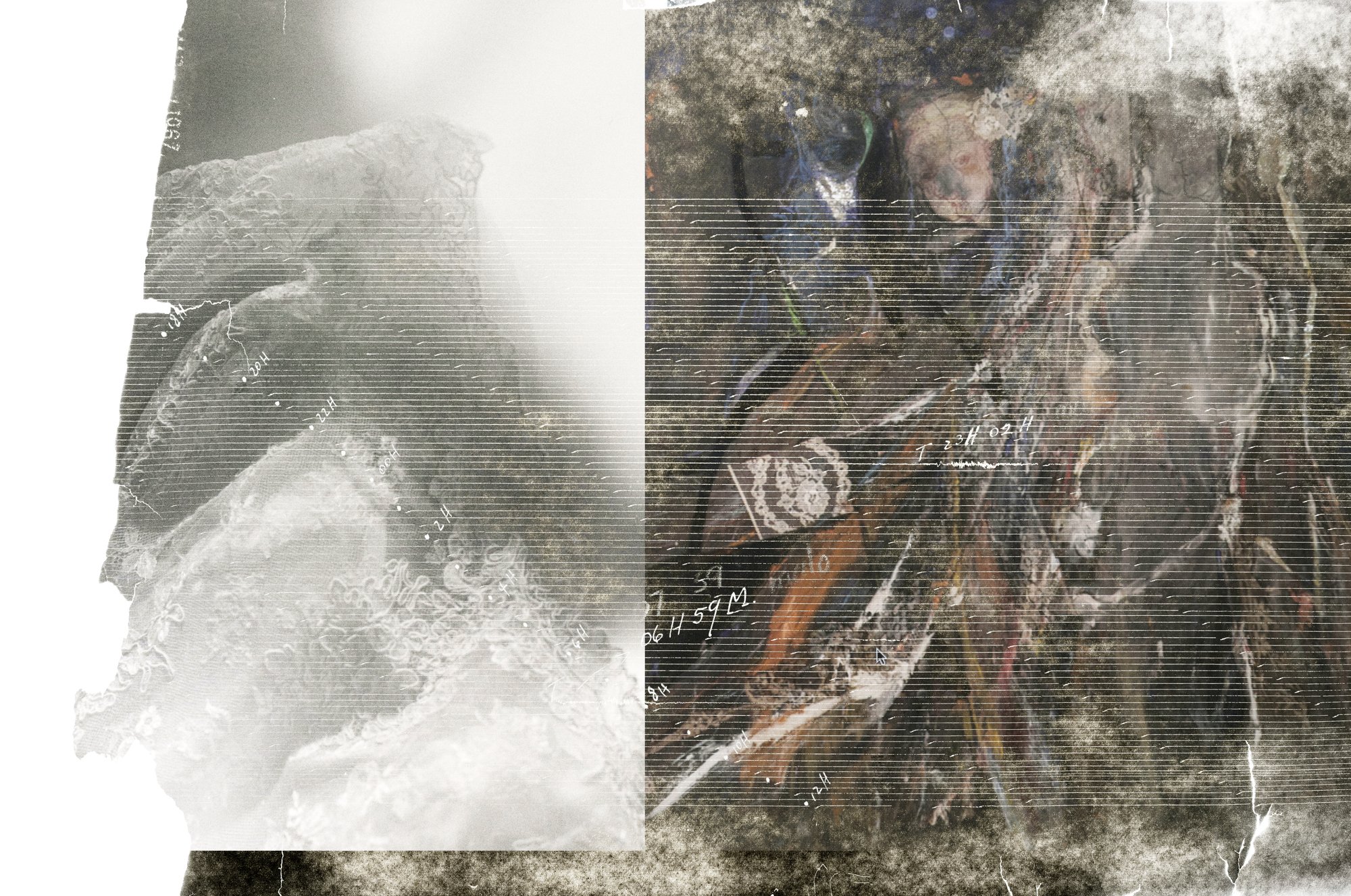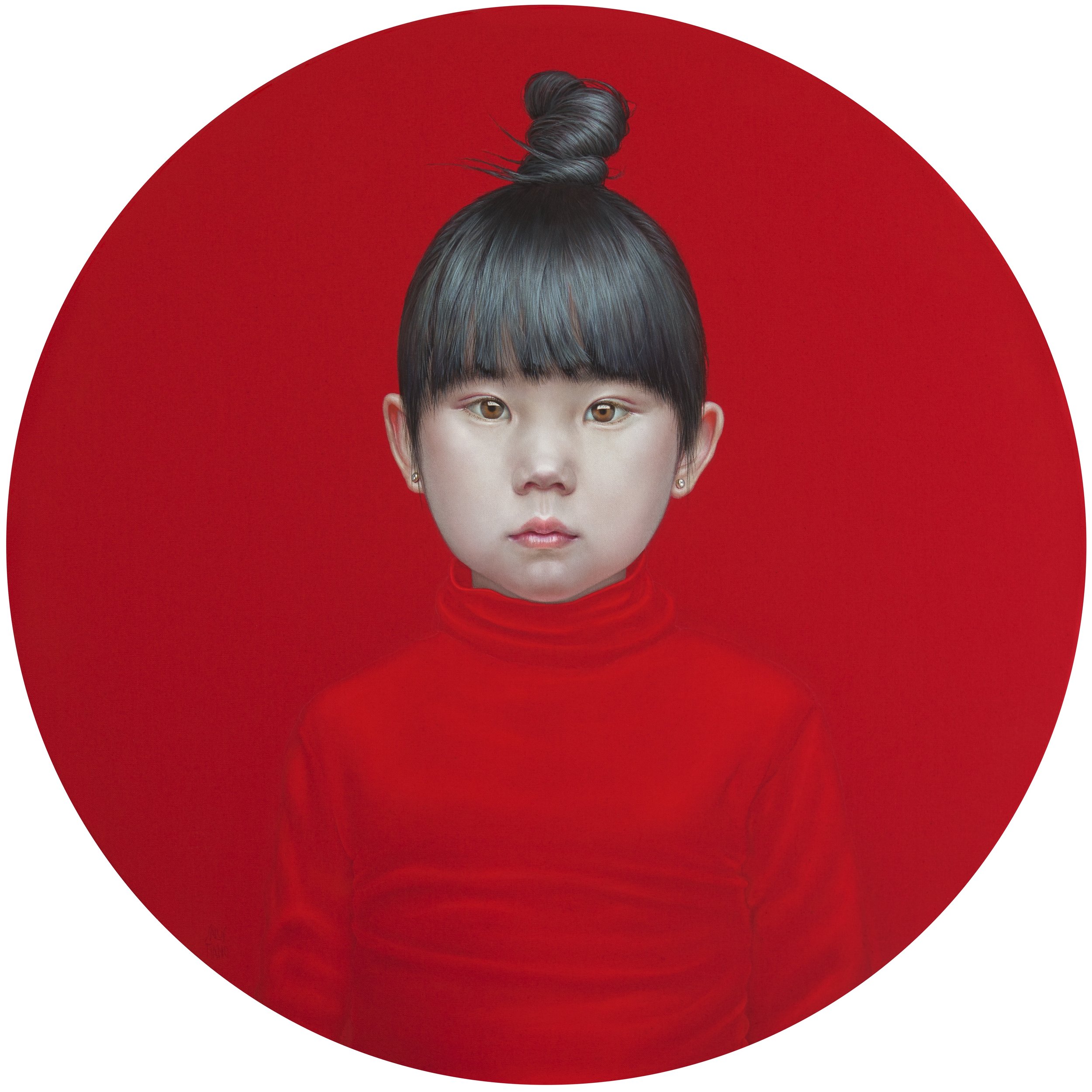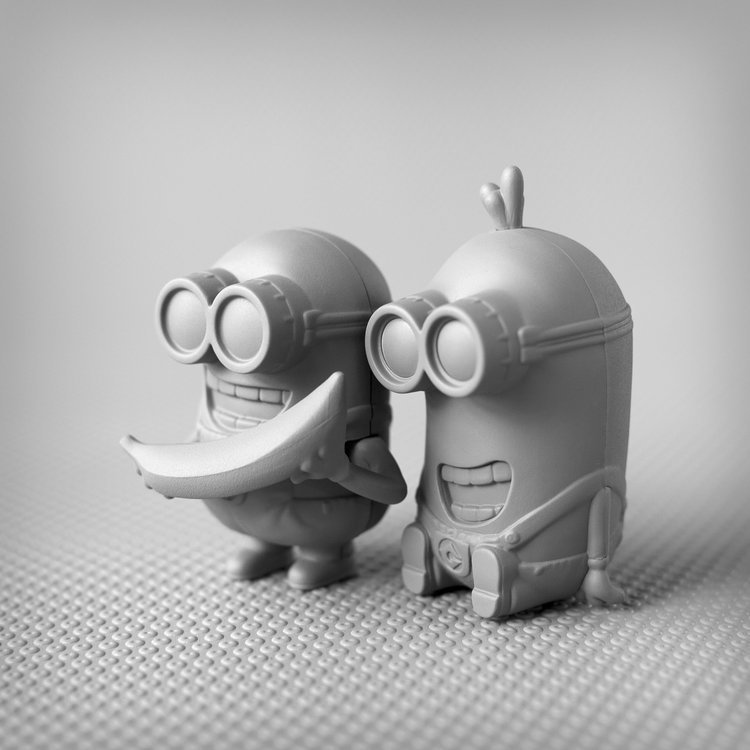In the Heart of the Beholder
En el Corazón del Espectador
Together with - En colaboración con - RoFa Projects
Ana De Orbegoso, Avelino Sala, Cecilia Paredes, DJLU Juegasiempre, ERRE, Fabian Ugalde, Muriel Hasbun, Natalia Revilla, Salustiano & Walterio Iraheta
In the Heart of the Beholder
The portrait and life are inextricably linked and help to reflect a present or past time.
During the Renaissance, the skill of the artist and the success of his portraits depended on his ability to see the depths of the subject to be portrayed. Not surprisingly, great patrons commissioned his portraits to remain in posterity.
The face and the different approaches to portraiture were seen as an expression of the soul and emotions, a sample of what we do not reveal and what we often do not dare to show.
"In the Heart of the Beholder" brings together 10 contemporary artists who take us to the immense possibilities that the portrait offers. Painting on canvas, photography, sculpture and even stencil are placed at the mercy of creation, beauty and the heart of the observer.
Pigments used in the Renaissance, metal printing, photo performance, oil and spray portray emotions, poetic intensity and beauty from the contemporary. As HG Wells said "Beauty is in the heart of the beholder". And to perceive and be a spectator, you have to observe. Just as the Greeks did and as was done during the Renaissance, you have to take time and observe. And It is precisely that observer who will complete the experience and define beauty, always subjective and particular. These artists confirm that when talking about image and portrait, beauty, more than in the eye, is in the emotions and drives caused in the viewer.
Cecilia Paredes explores identity through ethereal “photo-performances” in which she camouflages her body against beautifully patterned backgrounds and constructs her own self in relation to the world.
Salustiano shares the emotions of his characters through expressive, intense, sublime and provocative traits. Ugalde shows us with virtuosity a display of imagination united with grace, to reinterpret the great masters with a melancholic and iconic work -almost an aesthetic performance of the past in these constructions or deconstructions of image and beauty.
Natalia Revilla in an intimate portrait fuses women with the landscape and reminds us of the importance of being connected with nature.
Through an intergenerational and historical vision, Ana De Orbegoso, Muriel Hasbun and Avelino Sala open questions about identity, place, individual and collective memory. Hasbun does so by building their homeland or diaspora homeland with images that integrate past and present. De Orbegoso analyzes the different modalities of the portrait and reviews its historical relevance through the use of the Huaco Mochica, used to represent the face in ancient Peru. Sala appeals to the Lacanian conception of the "I" presenting two images faced with current disasters in front of images extracted from Goya's engravings. Emphasizing that identity and conflict are a space for dissidence and visual confrontation that lead us to understand the local world as a great timeless reflection.
Walterio Iraheta playfully recreates the image taken from second-hand objects coated with graphite, forming with it a kind of anti-image, a pure object that he reproduces in paintings and immuted photographs in versions of the great masterpieces.
ERRE and DJLU use street art and image as referents for transformation and social denunciation. Erre does it with associations to punk, rock and youthful spirit. While DJLU uses overtly political pictograms, inter-related to the game and the anti-war discourse of his work.
"In the Heart of the Beholder” is the invitation of 10 artists to many interpretations, present and past, and to a common goal: to share sensations in a room where emotion is portrayed and through it the beauty of their characters experienced by their observer.
Gabriela Rosso
…………………….
En el Corazón del Espectador
El retrato y la vida están indisolublemente ligados y ayudan a reflejar una época presente o pasada. Durante el Renacimiento, la habilidad del artista y el éxito de sus retratos dependían de su capacidad para ver las profundidades del tema a retratar. No en vano, grandes mecenas encargaron sus retratos para permanecer en la posteridad. El rostro y las diferentes aproximaciones al retrato fueron vistas como una expresión al alma y a las emociones, una muestra de lo que no revelamos y lo que muchas veces no nos atrevemos a mostrar.
"In the heart of the beholder" reúne 10 artistas contemporáneos que nos trasladan a las inmensas posibilidades que el retrato ofrece. Pintura en canvas, fotografía, escultura y hasta stencil puestos a merced de la creación, la belleza y el corazón del que observa. Pigmentos utilizados en el renacimiento, impresión en metal, photo performance, óleo y spray retratan las emociones, la intensidad poética y la belleza desde la contemporaneidad.
Como dijo HG Wells "Beauty is in the heart of the beholder”. Y para percibir y ser espectador, hay que observar. Así como lo hicieron los sabios griegos y como se hizo durante el renacimiento, hay que tomar el tiempo y observar. Y es justamente ese observador quien completará la experiencia y definirá la belleza, siempre subjetiva y particular. Estos artistas nos confirman que al hablar de imagen y retrato la belleza más que en el ojo está en las emociones y pulsiones ocasionadas en el espectador.
Cecilia Paredes explora la identidad a través de etéreas “foto-performances” en las que camufla su cuerpo contra fondos bellamente estampados y construyendo su propio yo en relación con el mundo.
Salustiano comparte las emociones de sus personajes mediante rasgos expresivos, intensos, sublimes y provocativos. Ugalde nos muestra con virtuosismo un despliegue de imaginación unida a la gracia, para reinterpretar a los grandes maestros con una obra melancólica e icónica -casi una performance estética del pasado en estas construcciones o deconstrucciones de la imagen y de la belleza.
Natalia Revilla en un retrato intimista fusiona a la mujer con el paisaje y nos recuerda la importancia de estar conectados con la naturaleza.
A través de una vision intergeneracional e histórica Ana De Orbegoso, Muriel Hasbun y Avelino Sala abren preguntas sobre identidad, lugar, memoria individual y colectiva. Hasbun lo hace construyendo su terruño o patria diáspora con imágenes que integran el pasado y presente. De Orbegoso analiza las diferentes modalidades del retrato y revisa su relevancia histórica mediante el uso del Huaco Mochica, usado para representar el rostro en el antiguo Perú. Sala apela a la concepción lacaniana del "yo" presentando dos imágenes enfrentadas con desastres actuales frente a imágenes extraídas de los grabados de Goya. Destacando que la identidad y el conflicto son un espacio de disidencia y confrontación visual que nos llevan a entender el mundo local como una gran reflexión atemporal.
Walterio Iraheta recrea lúdicamente la imagen tomada de objetos de segunda mano bañados con grafito, formando con ella una especie de antimagen, un objeto puro que reproduce en pinturas y fotografias inmuidas en versiones de las grandes obras maestras.
ERRE y DJLU utilizan el street art y la imagen como referentes transformadores y de denuncia social. Erre lo hace con asociaciones al punk, rock y al espíritu juvenil. Mientras que DJLU usa pictogramas abiertamente políticos, inter relacionados con el juego y el discurso antibélico de su obra.
"In the Heart of the Beholder” es la invitación de 10 artistas a muchas interpretaciones, presentes y pasadas y a un objetivo común: compartir sensaciones en una sala donde se retrata la emoción y a través de ella la belleza de sus personajes vivida por su observador.
Gabriela Rosso
Beta Artists
Artistas Beta
RoFa Projects Artists
Artistas RoFa Projects















